Diverticulosis doesn't cause symptoms in most people. Usually, a person is unaware that they are affected by this condition, but it may sometimes cause mild issues such as bloating, constipation, and cramps. It is often diagnosed when doing tests for other reasons, for instance, a colonoscopy to rule out cancer screening.
Diverticulosis can be easily treated with a high-fiber diet, supplements, and pain relievers. However, it gets more complicated if the pouches get inflamed or infected, which is referred to as diverticulitis.
The most common issue caused by diverticulitis is pain in the left side of the abdomen![]() which can sometimes develop on the right side. In most cases, the pain is intense and develops suddenly. However, some people experience mild discomfort for several days until it gradually worsens. See the list below for all possible symptoms of diverticulitis :
which can sometimes develop on the right side. In most cases, the pain is intense and develops suddenly. However, some people experience mild discomfort for several days until it gradually worsens. See the list below for all possible symptoms of diverticulitis :
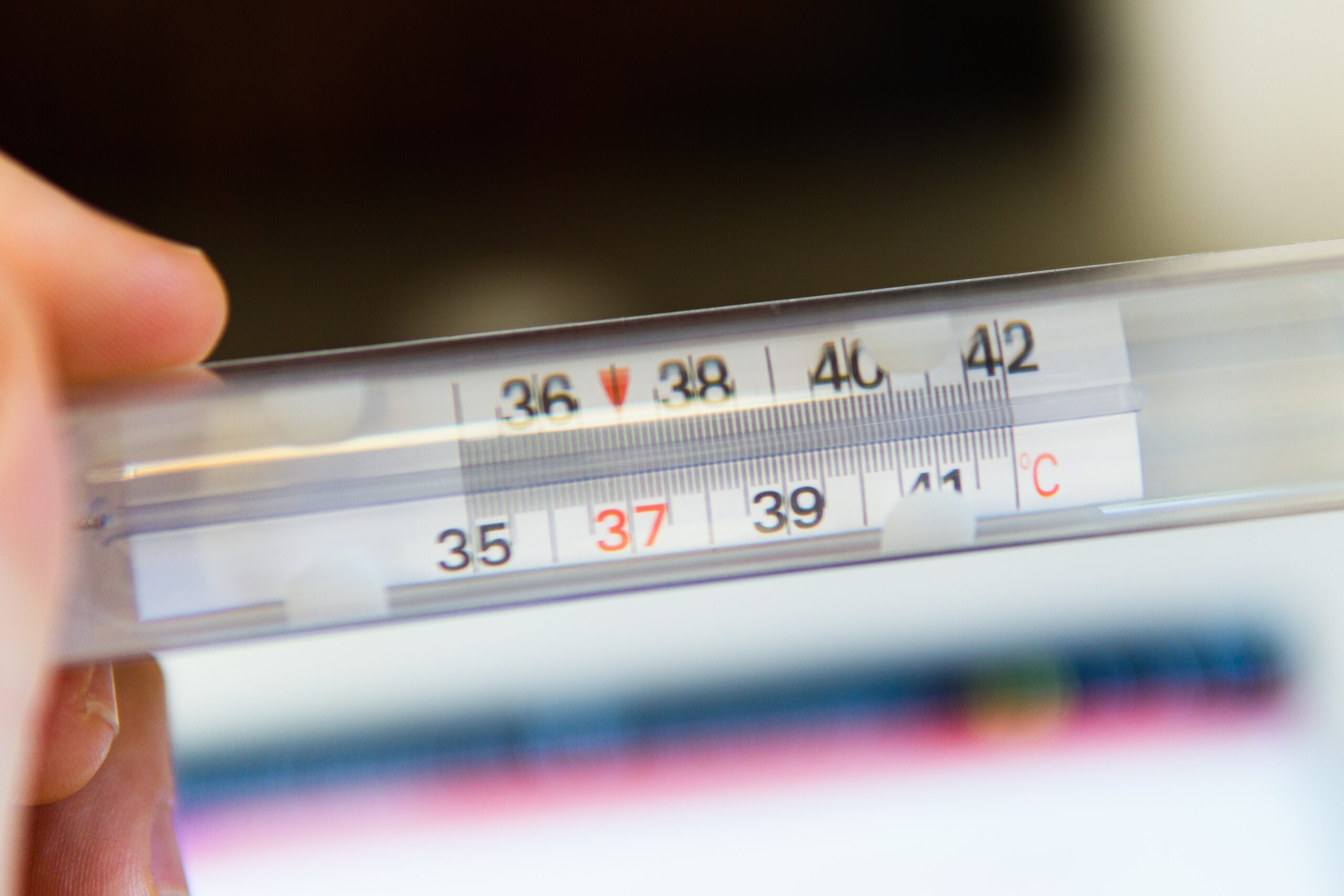
If you suddenly start experiencing unexplainable severe pain in your lower abdomen or bleeding from your rectum, seek medical help as soon as possible. It is especially important if these symptoms are accompanied by high temperature and constipation – it may indicate diverticulitis but also another severe condition that may lead to complications. Don't hesitate to call your doctor so you can start the appropriate treatment before more serious issues arise.
Some people may develop complications due to diverticulosis. Health issues include inflammation, intestinal blockage, bleeding, and infection. As previously mentioned, the primary complication of diverticulosis is diverticulitis which occurs when pouches get inflamed or infected.
In diverticulitis, it is more likely to have additional health problems than in diverticulosis. It is estimated that 25% of people affected by this condition may have to deal with the following issues during the inflammation:
Peritonitis This complication can occur when one of the infected pouches ruptures and, as a result, spills intestinal content into the abdominal cavity. Peritonitis is life-threatening and requires immediate medical care.
Intestinal obstruction: It occurs when stool can't pass through the intestine because it is partially or entirely blocked. If left untreated, Intestinal obstruction may lead to perforation of the intestine.
Fistula: Abnormal connection between an organ and skin or between two organs, for instance, the colon and bladder, is called a fistula. It may cause severe infections and requires immediate medical care.
Abscess It happens when infected pouches start filling up with pus. It causes fever, vomiting, nausea, and intense pain in the abdomen.
Phlegmon: The difference between this complication and an abscess is that the latter is an infection confined within the walls of the infected material. In contrast, phlegmon is unbounded and spreads to neighboring tissues. As such, it is a more severe condition than an abscess.
According to the research published in Clinics in Colon and Rectal Surgery, diverticulosis and diverticulitis are more likely to occur in older people. The risk increases with age, affecting 40% of people above 60 years old. Both conditions are common in industrialized nations, where people are more likely to drink, smoke, eat junk food, and neglect physical activity.
Although diverticulosis is not linked to severe complications, 10 to 25 percent of people with this condition develop diverticulitis. Among people that are older than 50 years old, women are at risk of having their pouches inflamed or infected. On the other hand, diverticulitis occurs more often in men than people below 50 years old.
The possible factors that may put you at risk of developing diverticulitis are as follows:
Diverticulosis and diverticulitis can be diagnosed based on family history, taking medications, health history, and symptoms. During a visit, the doctor will check your abdomen to see if you are experiencing pain and tenderness. Conditions such as irritable bowel syndrome, bowel cancer, and coeliac disease cause similar symptoms to diverticulitis, so additional tests may be required to rule them out. These usually include blood tests, CT scans, colonoscopy, and digital rectal exams to check for pain, rectal bleeding, masses, and other complications.
See the list below to find out all possible tests you may be required to have if a doctor is not sure which condition you are suffering from:
The above tests and exams will help your doctor to determine whether you have diverticulitis or a condition to mimic its symptoms. Depending if your case is severe or mild, a doctor will recommend different treatment options.
Colonoscopy![]() may significantly help diagnose diverticulitis and other conditions, which is why many doctors recommend this procedure if your symptoms are ambiguous. It is especially helpful in determining if a patient with these symptoms has ulcerative colitis or Crohn's disease.
may significantly help diagnose diverticulitis and other conditions, which is why many doctors recommend this procedure if your symptoms are ambiguous. It is especially helpful in determining if a patient with these symptoms has ulcerative colitis or Crohn's disease.
Colonoscopy is a procedure that involves a long and flexible narrow tube equipped with a light and camera at the end that allows a doctor to see the inside of the rectum and colon. The device is known as a colonoscope, or scope for short, and is used to collect tissue samples for testing. A patient is often given a sedative before the procedure, which can be painful and uncomfortable.
After it is confirmed that the patient's diverticula is inflamed or infected, a doctor orders treatment to reduce inflammation. If the diverticula is not inflamed, no treatment is needed in most cases.
CT scan![]() (computerized tomography) is done in combination with colonoscopy or instead of it. In this procedure, a computer uses a series of X-ray images taken from different angles to obtain detailed information about the insides of the patient's body.
(computerized tomography) is done in combination with colonoscopy or instead of it. In this procedure, a computer uses a series of X-ray images taken from different angles to obtain detailed information about the insides of the patient's body.
Treatment for diverticulosis depends on the severity of the patient's symptoms, whether they developed inflammation or other complications caused by inflamed pouches in the intestine's lining. As most cases of diverticulosis are treated with lifestyle changes and diet, diverticulitis requires a different approach.
A doctor may recommend a high-fiber diet for diverticulosis and diverticulitis if a patient reports abdominal pain, bloating, vomiting, or consumption. Mild diverticulitis can be overcome with antibiotics![]() , but if severe complications accompany it, a patient must undergo an appropriate hospital procedure.
, but if severe complications accompany it, a patient must undergo an appropriate hospital procedure.
For the most part, diverticulosis and diverticulitis are treated at home. Natural ways include:
According to the research, diet plays the most significant role in overcoming diverticular disease. A diet that consists of inflammatory foods, alcohol, and lack fiber, is linked to the development of diverticulosis and diverticulitis.
The best diet to combat diverticular disease contains a lot of fiber naturally found in vegetables and fruits![]() . Whole wheat products are also worth considering while planning the appropriate diet. See the table below to learn which foods are the best regarding fiber content:
. Whole wheat products are also worth considering while planning the appropriate diet. See the table below to learn which foods are the best regarding fiber content:
| Food Source | Serving Size | Fiber Content |
| Cooked bulgur | 1/2 cup | 4.1 grams |
| Unsweetened cereal | 1/2 cup | 14.0 grams |
| Whole wheat crackers | 1 ounce | 2.9 grams |
| Whole wheat tortillas | 1 ounce | 2.8 grams |
| Raspberries | 1 cup | 8.0 grams |
| Asian pear | 1 medium pear | 6.5 grams |
| Apple | 1 medium apple | 4.8 grams |
| Dried prunes | 1/4 cup | 3.1 grams |
| Cooked green peas | 1 cup | 8.8 grams |
| Cooked lentils | 1/2 cup | 7.8 grams |
| Cooked pinto beans | 1/2 cup | 7.7 grams |
| Cooked sweet potato | 1 cup | 6.3 grams |
| Cooked chickpeas | 1/2 cup | 6.3 grams |
| Cooked kidney beans | 1/2 cup | 5.7 grams |
| Cooked broccoli | 1 cup | 5.2 grams |
| Cooked collard greens | 1 cup | 4.8 grams |
Supplements that can aid the body in fighting inflammation are as follows:
Certain types of foods are better to avoid while dealing with diverticular disease. The below foods have been linked to an increased risk of diverticulosis and may also slow down the healing processes because of their inflammatory properties:
If you are unsure which foods to avoid, talk to your doctor for professional guidance regarding your diet.
Both diverticulosis and diverticulitis are common in industrialized countries. The risk of developing these conditions increases with age and affects more women than men among people over 50.
Most patients get rid of their abdominal pain and other symptoms moderately quickly thanks to a high-fiber diet excluded of inflammatory foods, increased physical activity, and lifestyle changes such as quitting smoking and drinking.
Serious complications happen due to severe diverticulitis, which requires treatment in the hospital. Depending on which issues it has caused, procedures performed at the hospital differ from person to person. Some people need surgery to repair damaged colon, while others require laparoscopic surgery.
Table of Contents
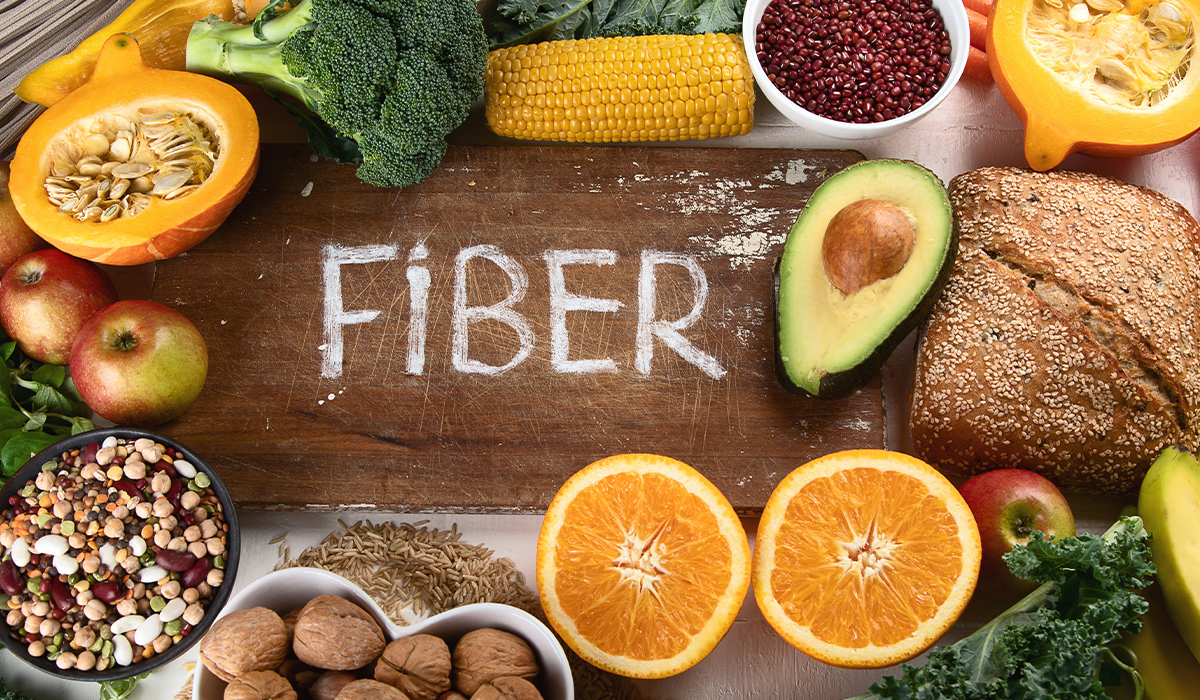
Do you know how eating high fiber foods will affect your health? Learn all about fiber and how it affects… read more »
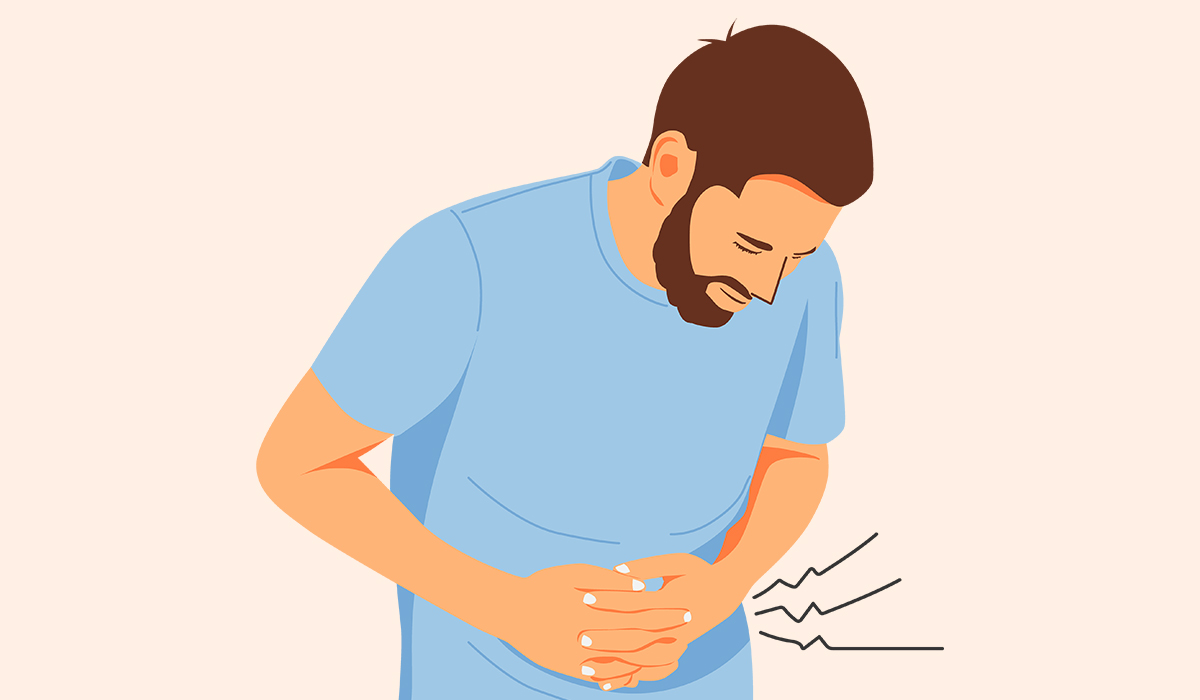
Left side pain is a common side effect beginning from distinctive left body parts. It can incorporate many kinds of pain that can show… read more »
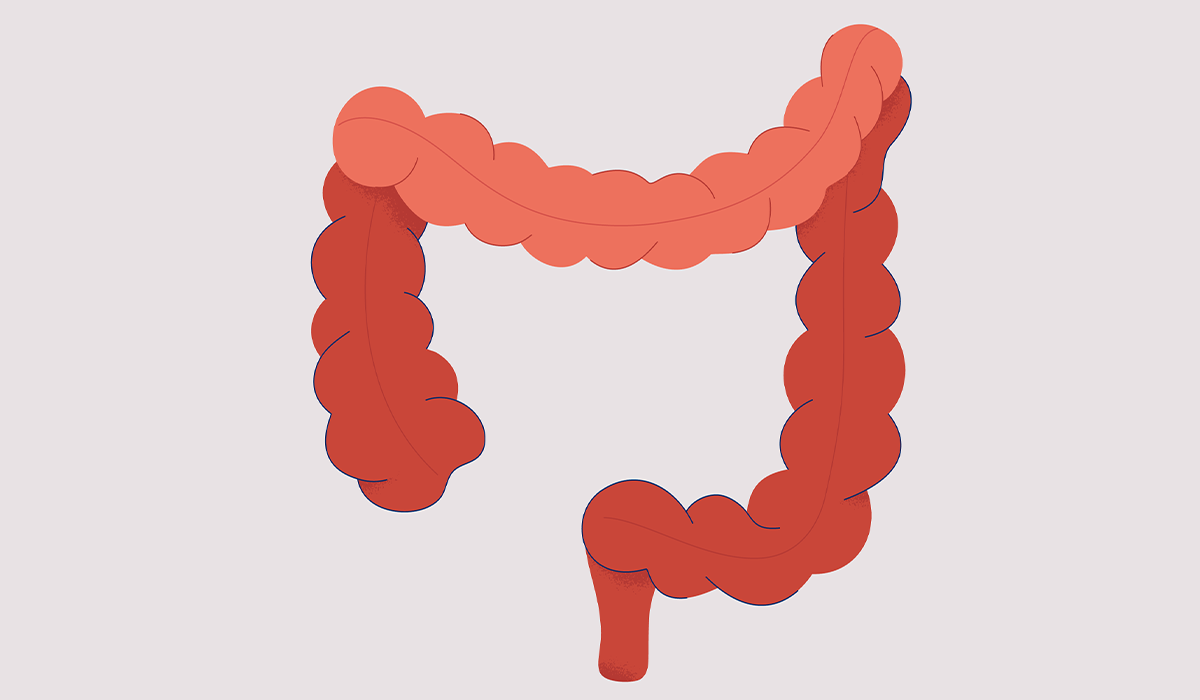
The colon is part of the large intestine and is essential for the digestive system. Some signs may indicate problems… read more »

A doctor who centers on the diagnosis, treatment, and administration of conditions related to the colon, anus, and rectum is… read more »
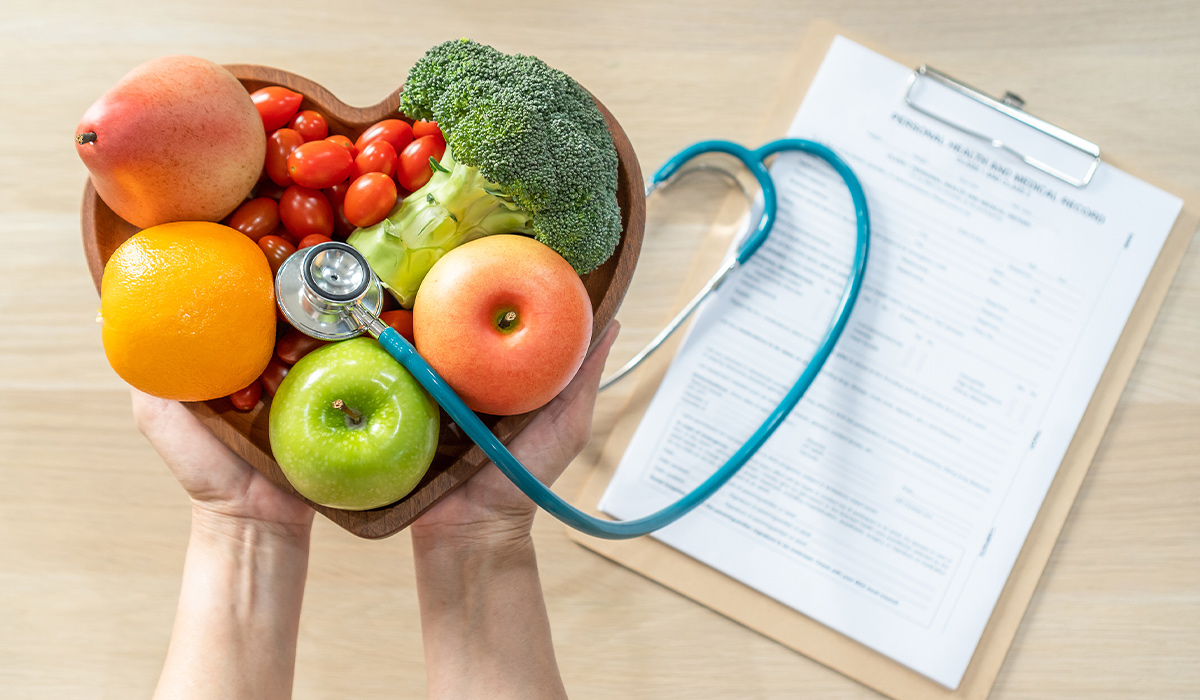
Do you know what to put in your diet to lower your cholesterol? Learn about 15 foods that effectively affect… read more »
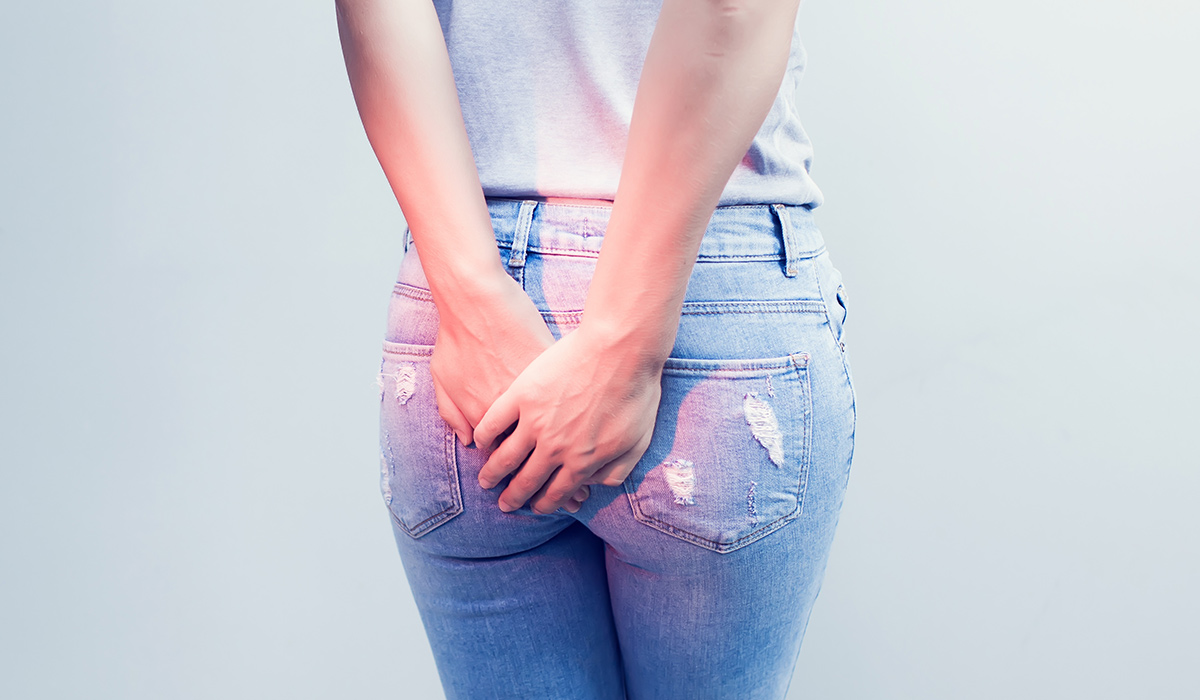
Hemorrhoids are swollen veins in the anal canal. They are accompanied by various symptoms – how to recognize them? What… read more »
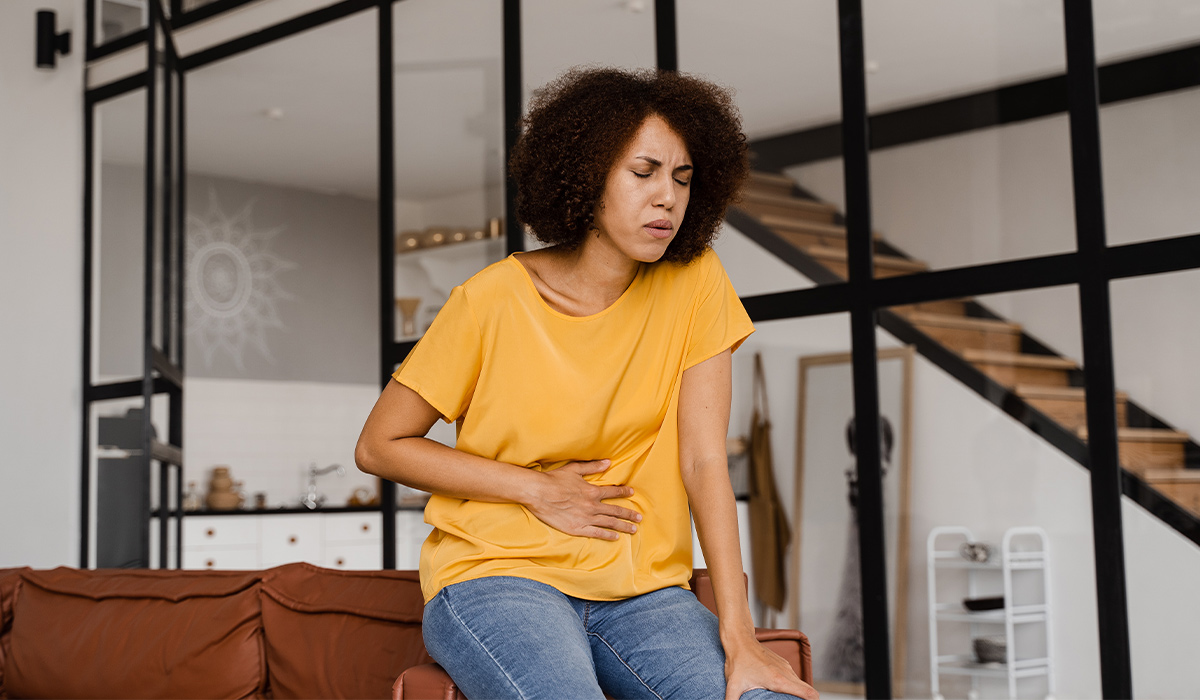
Ileus is a medical condition that stops the passage of food through the digestive tract. What are its symptoms and… read more »
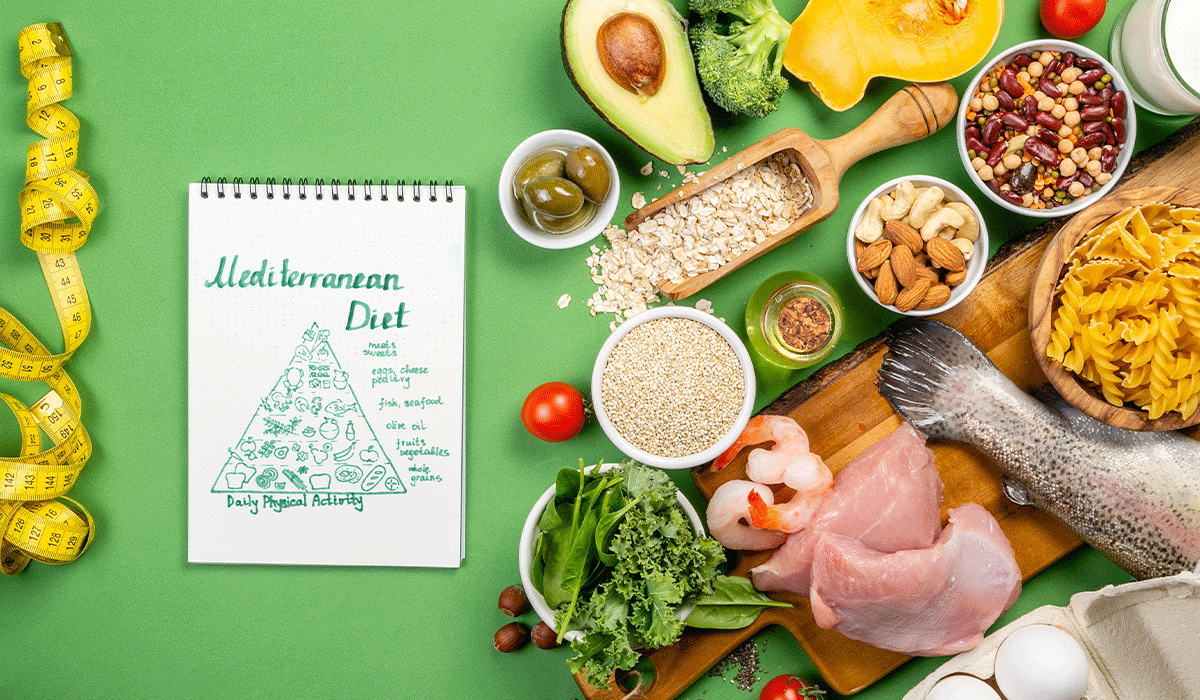
The Mediterranean diet is a popular way of eating that has many health benefits. See how to improve your eating… read more »
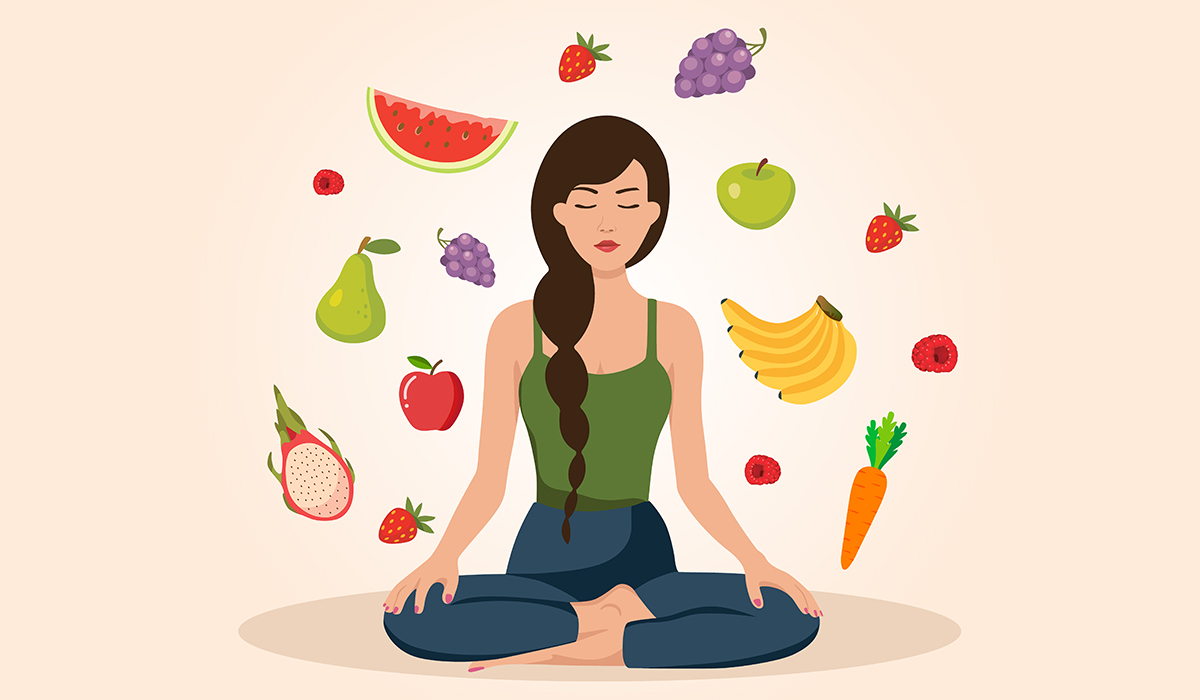
Vegan food comes in many different forms and types. With new products, a vegan diet can be more varied. Learn… read more »